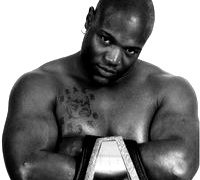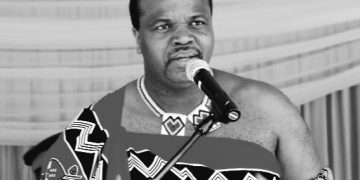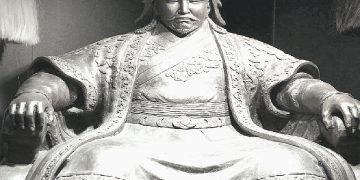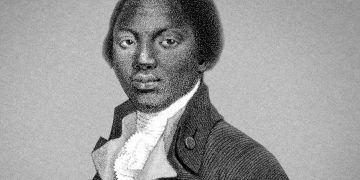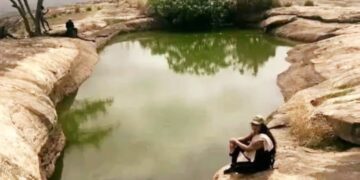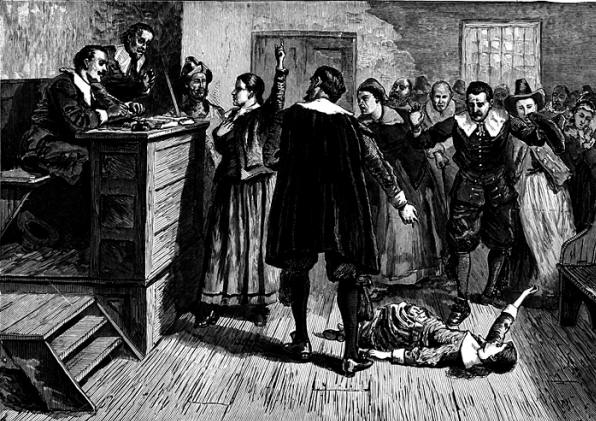In January 1692 two girls, Abigail Williams aged 11 and Rebecca Parris aged 9 became ill. Their symptoms included fits and hysterical screaming. The local doctor, unable to find any physical cause for the symptoms suggested that they had been bewitched.
In February 1692 more girls began to exhibit similar symptoms.
The Salem community were strictly Puritan and had a deep seated belief in good and evil and the devil. They also believed that women were weaker than men and more likely to be enticed to do the devil’s work.
The afflicted girls were repeatedly questioned as to who had bewitched them. Anyone whose name was given by a ‘bewitched’ girl was arrested and put into prison to await trial. Those found guilty would be hanged.
On 1st March 1692 Sarah Good, Sarah Osborne and Tituba, a black slave, were accused of witchcraft. Under interrogation Tituba confessed to the crime and named Good and Osborne as accomplices.
In March Ann Putnam Mercy Lewis, Mary Walcott and Mary Warren showed signs of the affliction and Martha Corey, Dorcas Good and Rebecca Nurse’s names were added to the list of accused. In all more than 150 people were arrested by the end of May.
The court hearings began in June 1692. Much of the evidence given took the form of spectral evidence – whereby afflicted girls claimed that the invisible spectre of the accused was hurting them or causing them to become dumb and unable to answer questions. In all a total of 29 people were convicted of witchcraft. 19 were sentenced to death by hanging.
Anyone who showed scepticism that the girls’ behaviour was caused by witchcraft or who criticised the trials were liable to be arrested and charged themselves.
In the Autumn of 1692 a new court was established which did not accept spectral evidence and no further convictions were made.
Many explanations have been put forward including growing class divisions, religious divisions, psychological hysteria prompted by Native Indian attacks, infections caused by grain fungii, teenage boredom and attention seeking.

